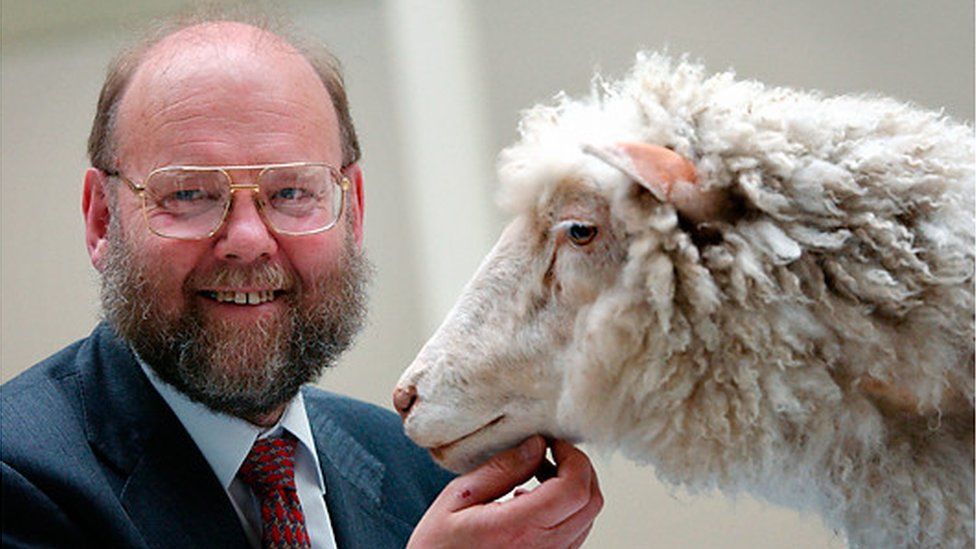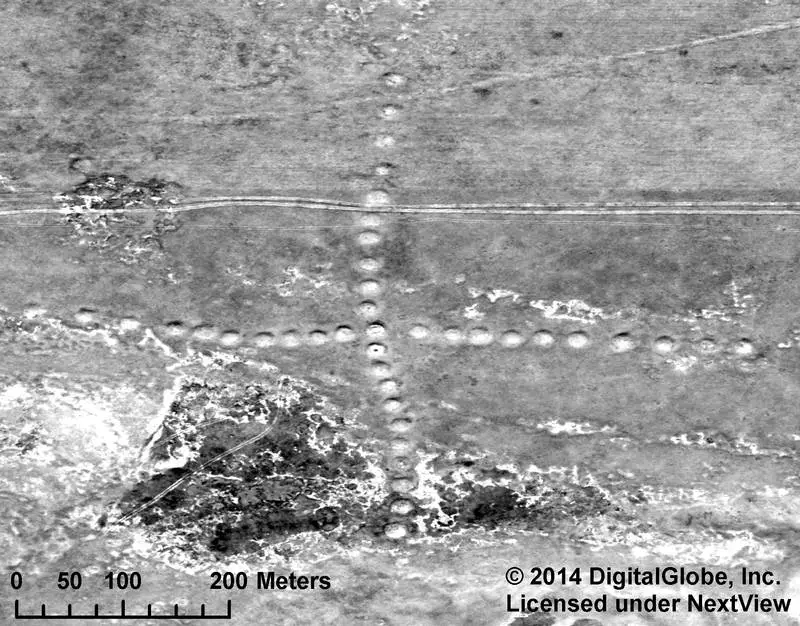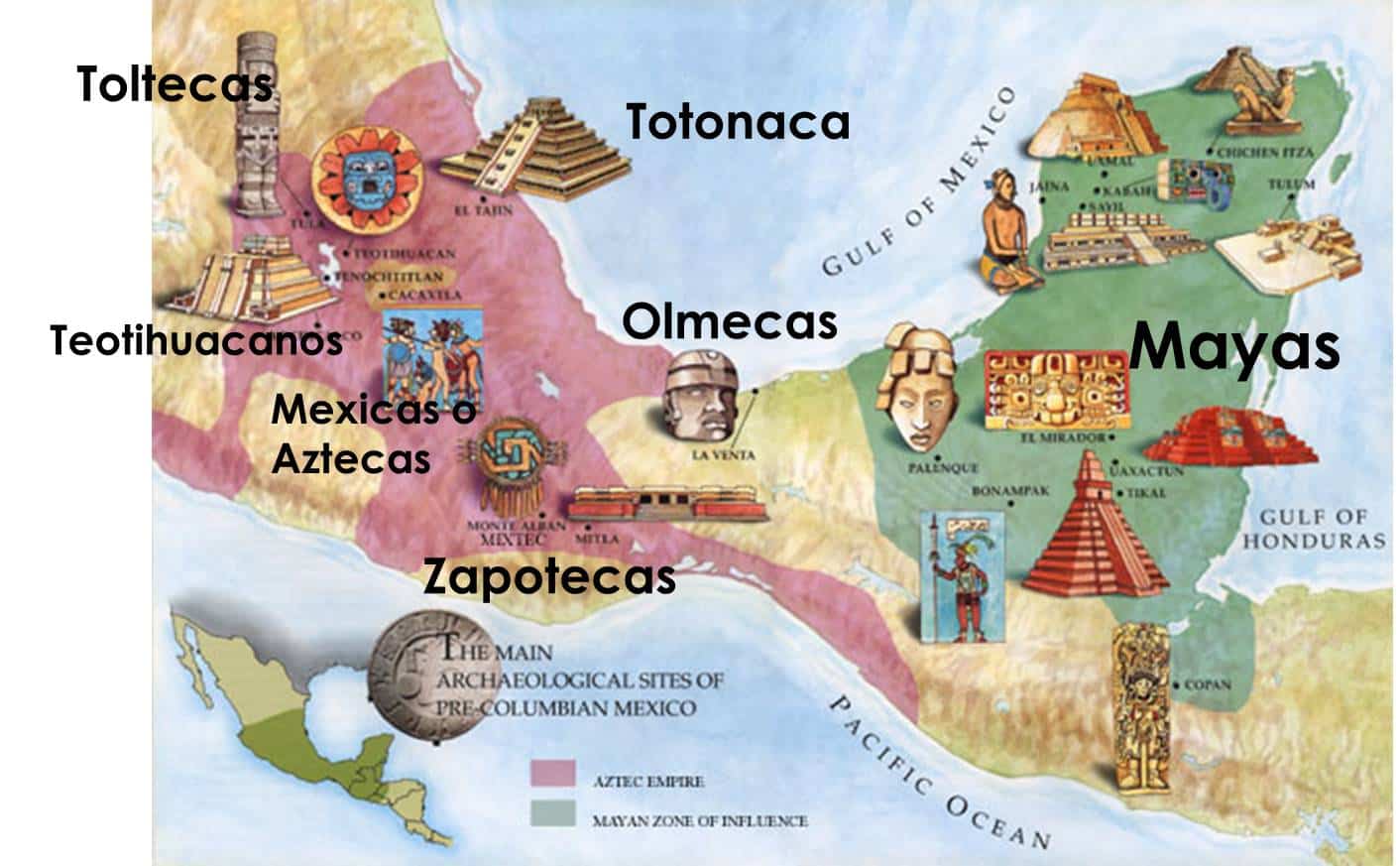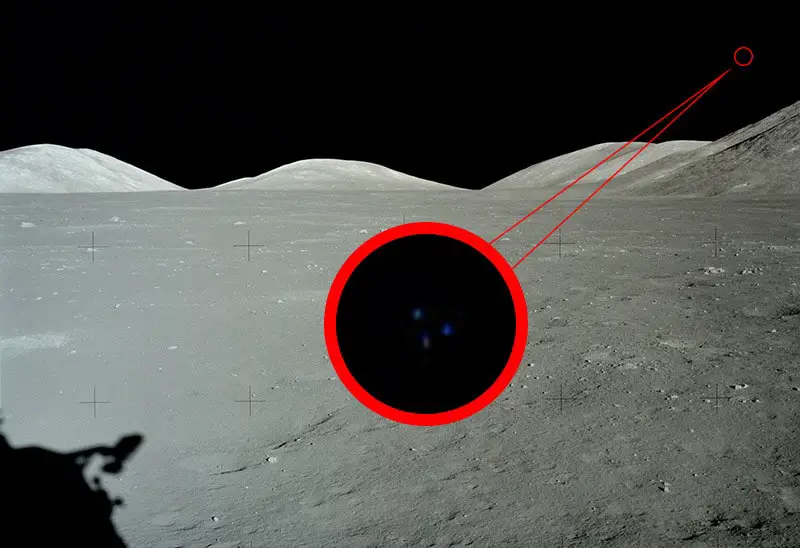 Image source, LEWIS HOUGHTON/SCIENCE PHOTO LIBRARY
Image source, LEWIS HOUGHTON/SCIENCE PHOTO LIBRARY
Prof Sir Ian Wilmut with his creation, Dolly the cloned sheep in 1996
By Pallab Ghosh
Science correspondent
One of the creators of the world's first cloned mammal, Dolly the Sheep has died at the age of 79.
Professor Sir Ian Wilmut's work, at the Roslin Institute in Edinburgh, laid the foundations for stem cell research.
That technology aims to cure many of the diseases of aging by enabling the body to regenerate damaged tissue.
His legacy is the creation of a field known as regenerative medicine, which has huge potential to enable more people to live longer, healthier lives.
The creation of Dolly in 1996 was arguably one of the greatest scientific achievements of the 20th century.
Professor Wilmut was among the leaders of a team that used a cell from the mammary gland of a dead adult sheep to create a living animal that was genetically identical to the donor.
The process involved putting DNA from the adult cell into an empty sheep's egg. Researchers then stimulated it with electricity and added chemicals - which had the effect of rejuvenating the adult DNA into an embryo. That was then implanted into a surrogate sheep until it came to term.
There are times when developments in science represent much more than a step forward in knowledge. Occasionally, they change everything. Seeing the Earth from space and the detonation of atomic bombs over Hiroshima and Nagasaki created big cultural shifts in our view of ourselves and the world around us. At the time, the birth of Dolly the cloned sheep felt like just such a moment.
Dolly's arrival more than 25 years ago - cloned from a cell from an adult sheep sparked euphoria and anxiety in equal measure. It was an incredible scientific achievement, and I was lucky enough to report on this amazing story for BBC News.
But the message that Dolly was created to develop new medical treatments was initially drowned out by fears that humans would be next to be cloned.
Bill Clinton, then US President, reflected the public mood when, with much fanfare, he rapidly announced a ban on human cloning experiments.
"(The technology) has the potential to threaten the sacred family bonds at the very core of our ideals and our society," he said.
But it was clear, when I met Dolly's creator, that he was no Dr Frankenstein. A gentle, modest individual, he was ill at ease at being thrust on to the international limelight.
But despite his discomfort he felt the need to explain that the creation of Dolly was for the betterment of humanity, rather than to replace it. He told me that his burning ambition was to find cures for debilitating illnesses.
The same technology that created Dolly could be used to grow brain and muscle tissue that could be transplanted into patients.
Once the dust had settled over the news of Dolly Prof Wilmut showed me around the lab in which she was created.
He told me that his aim was to take a cell of a patient suffering from, say Parkinson's disease, and zap it back into an embryonic state. But rather than allow it to develop into a clone of the patient - the so-called embryonic stem cell could be coaxed into becoming nerve cells which could replace the damaged parts of his brain.
Image source, Getty Images
Image caption,Prof Sir Ian Wilmut led the research group which cloned Dolly
The use of human embryonic material was controversial and so research into so-called therapeutic cloning was banned in many countries, including several states in the US. But years after the birth of Dolly, Japanese researchers built on Prof Wilmut's work and found a way of creating cells that behaved in the same way as embryonic stem cells without using cloning, called Induced Pluripotent Stem Cells (IPS).
Researchers around the world have succeeded in growing a wide range of cells using IPS. Careful work is underway to make sure that the cells are safe to use and will be effective before they begin clinical trials on patients.
Researchers all over the world are continuing to build on Prof Wilmut's work
In retrospect, Dolly's birth was not the paradigm shifting moment that many hoped and/or feared it was at the time. There have been no cloned armies of super soldiers or loved ones brought back from the dead; nor have there been dramatic miracle cures, at least not yet.
But Prof Wilmut's creation, Dolly the cloned Sheep, remains a scientific icon, marking an outstanding scientific achievement by the researchers at Roslin. The team sparked a revolution in medical research that will eventually keep more of us healthier for longer.

 Movie
Movie 7 months ago
144
7 months ago
144 






![Presidents Day Weekend Car Sales [2021 Edition] Presidents Day Weekend Car Sales [2021 Edition]](https://www.findthebestcarprice.com/wp-content/uploads/Presidents-Day-Weekend-car-sales.jpg)



 English (United States)
English (United States)